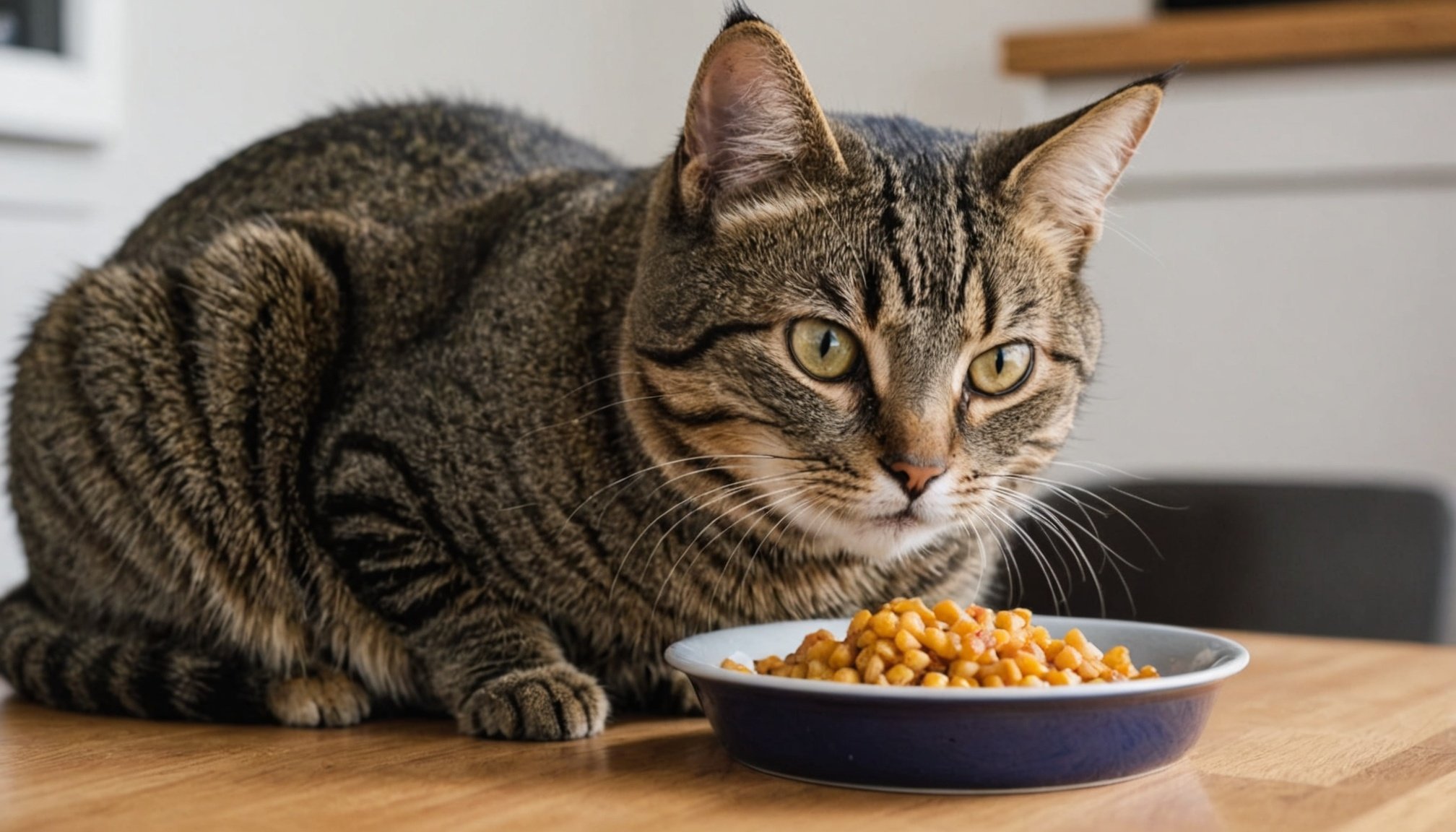For those of you who share your home with a feline friend, you know how particular cats can be when it comes to food. Transitioning a picky cat to new food can be a daunting task, whether it’s due to switching brands, introducing a raw diet, or moving from dry to wet food. To make this process smoother, it’s crucial to understand your cat’s dietary preferences and behaviors. In this piece, we explore the best methods to introduce new food to picky cats, ensuring their dining experiences are delightful and stress-free for both of you.
Understanding Your Cat’s Dietary Preferences
Before introducing new food, it’s fundamental to grasp what your cat prefers. Cats, by nature, are obligate carnivores, which means their diet primarily consists of animal-based proteins. The transition to a new food, whether it’s canned, dry, or raw, should align with their natural appetite.
Topic to read : What essential supplies do I need to prepare before bringing a new kitten home?
Taste and Texture
It’s not just the taste; the texture of food plays a vital role in a cat’s preference. Some cats relish the crunch of dry kibble, while others enjoy the meaty chunks in wet food. Observing the type of food your cat leans towards will give you a head start.
Temperature Matters
Cats often prefer food that’s closer to body temperature. If you’re serving canned or wet food, warming it slightly can make it more appealing.
In parallel : Key considerations for welcoming an fiv+ cat: building a loving and secure home
Picky Eaters
Some cats may be inherently picky, but there could be underlying issues, such as dental problems or digestive sensitivities. It’s essential to rule out any health issues with a visit to the vet before making dietary changes.
Gradual Transitioning is Key
Switching food abruptly can lead to digestive upset. The art of transitioning is akin to a fine dance – done gradually and with patience. This method helps your cat’s digestive system adapt to the new food while minimizing resistance.
Slow Introduction
Start by mixing a small amount of new food with your cat’s current diet. Over the course of a week or two, slowly increase the proportion of the new food while decreasing the old one. This slow introduction not only helps them adjust but also gives you time to observe any adverse reactions.
Consistent Feeding Times
Maintaining a consistent feeding schedule can build a sense of routine. When cats know when to expect meals, they might be more open to trying new foods.
Avoid Free Feeding
Free feeding can make it difficult to monitor how much and what your cat is eating. Instead, offer measured portions at regular times to help them get accustomed to the new flavors.
Creating a Positive Feeding Environment
The ambiance of the feeding area can significantly impact your cat’s willingness to try new food. A stress-free, positive environment can work wonders.
Designated Feeding Area
Choose a quiet spot for your cat’s feeding bowl, away from household noise and interruption. Cats appreciate consistency, so maintaining the same spot can be comforting.
Clean and Manageable Bowls
Cats can be sensitive to odors, especially from plastic. Opt for ceramic or stainless steel bowls that are clean and odor-free, enhancing the appeal of the new food.
Encourage Exploration
Encourage exploratory behavior by occasionally placing small amounts of the new food in various spots, like feeding mats or food puzzles. This can stimulate their curiosity and willingness to try new things.
Handling Setbacks and Picky Behavior
Despite best efforts, there may be times when your cat resists change. Patience and persistence are your best allies.
Patience is Your Ally
If your cat is particularly resistant, give them time. Don’t rush the process, and be prepared for setbacks. Every cat is unique, and some might take longer to adjust than others.
Seek Professional Advice
If your cat consistently refuses new food or exhibits signs of distress, consulting with a veterinarian or a pet nutritionist can offer tailored advice.
Mixing and Matching
Experiment with mixing different types of food, such as raw with canned or dry with wet. This can cater to your cat’s texture preferences while gradually introducing new flavors.
Avoid Food Punishment
Avoid using food as a punishment or a reward. This can create negative associations, making the transition even more challenging.
Introducing new food to a picky cat is no small feat, but with understanding, patience, and careful planning, you can navigate this journey successfully. Remember, each cat is unique, and their preferences can change over time. By aligning your efforts with their natural instincts and creating a welcoming feeding environment, you can encourage your furry friend to embrace new flavors and enjoy their meals. With these methods, you’ll not only improve their diet but also strengthen the bond you share, ensuring a happier and healthier feline companion.











